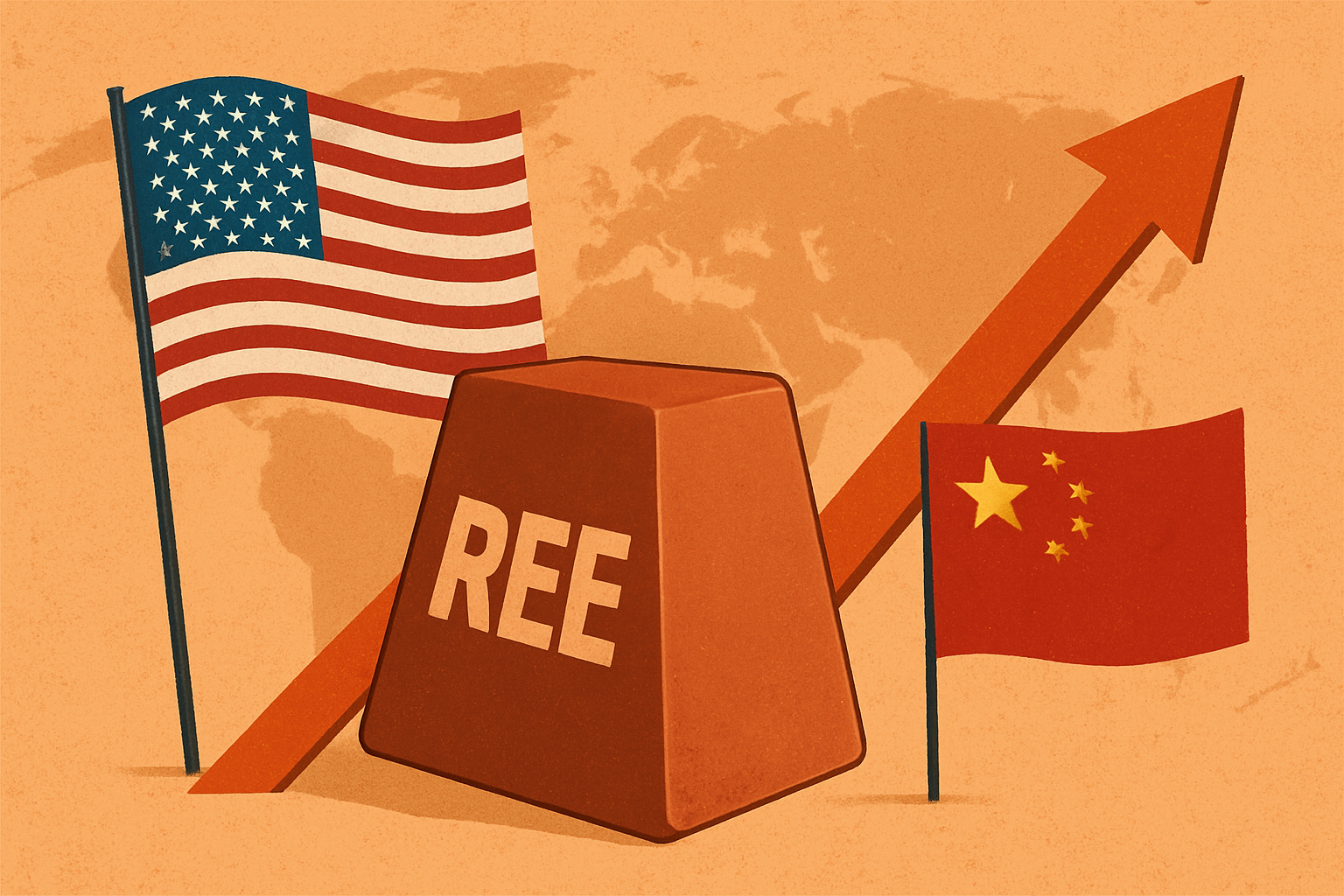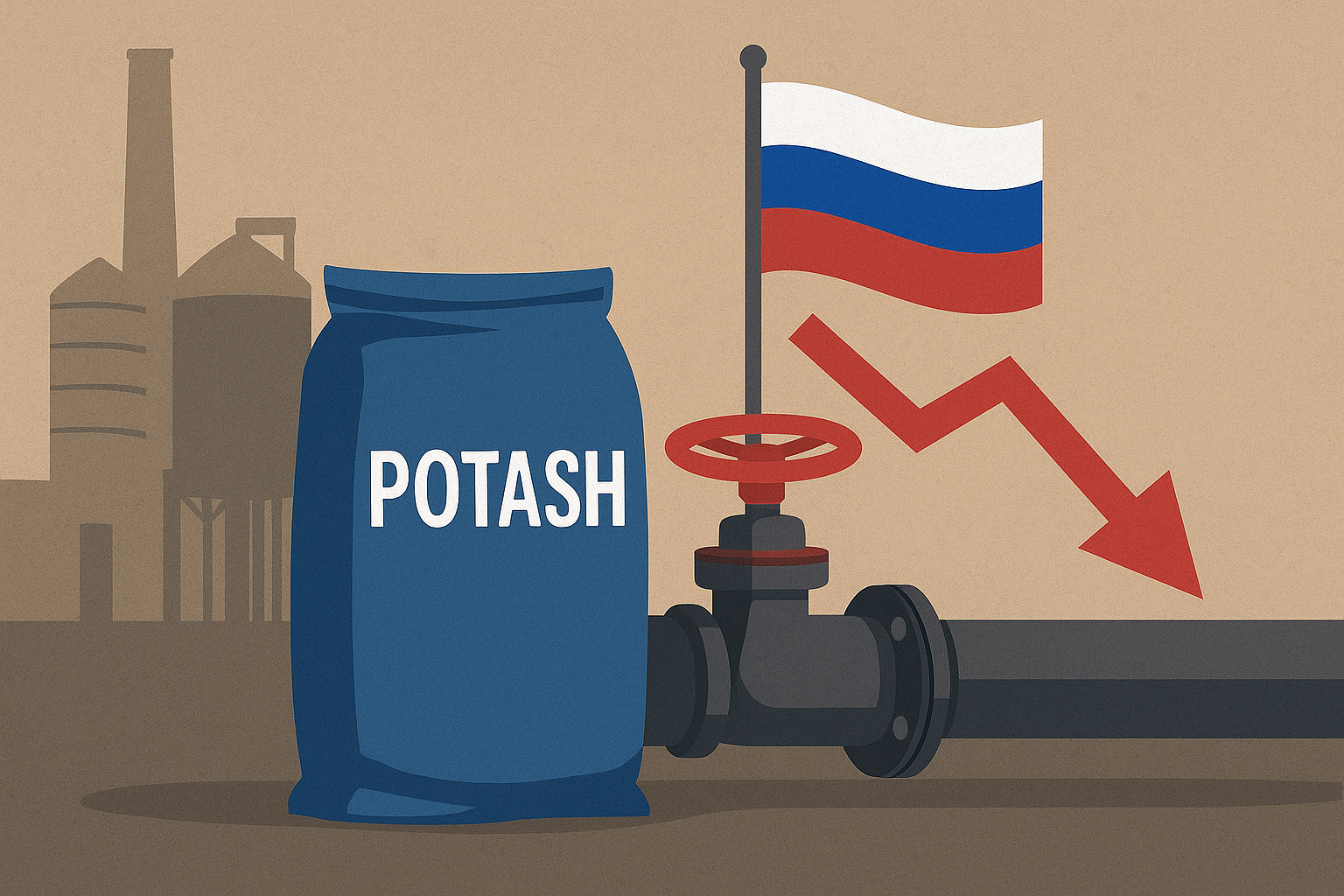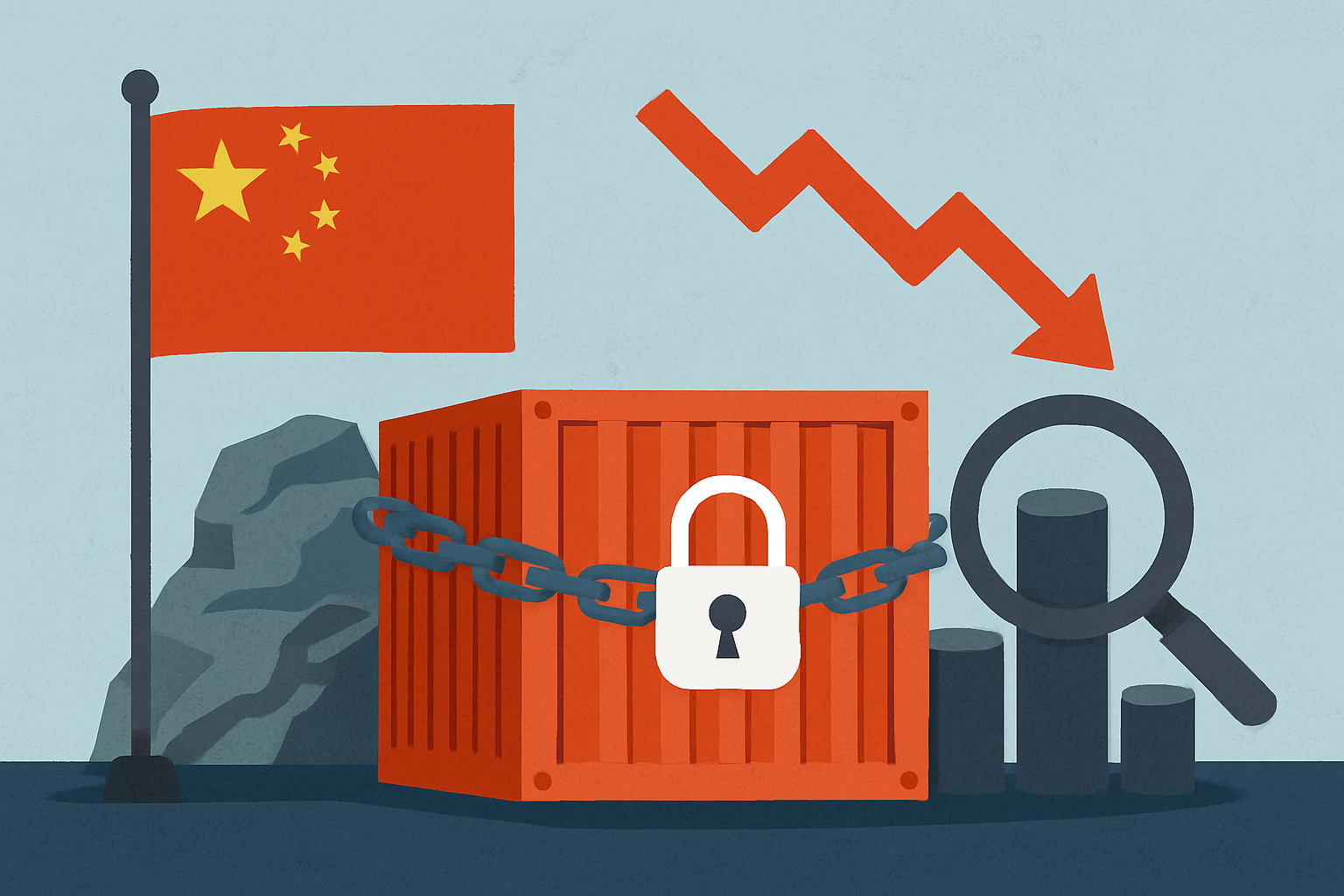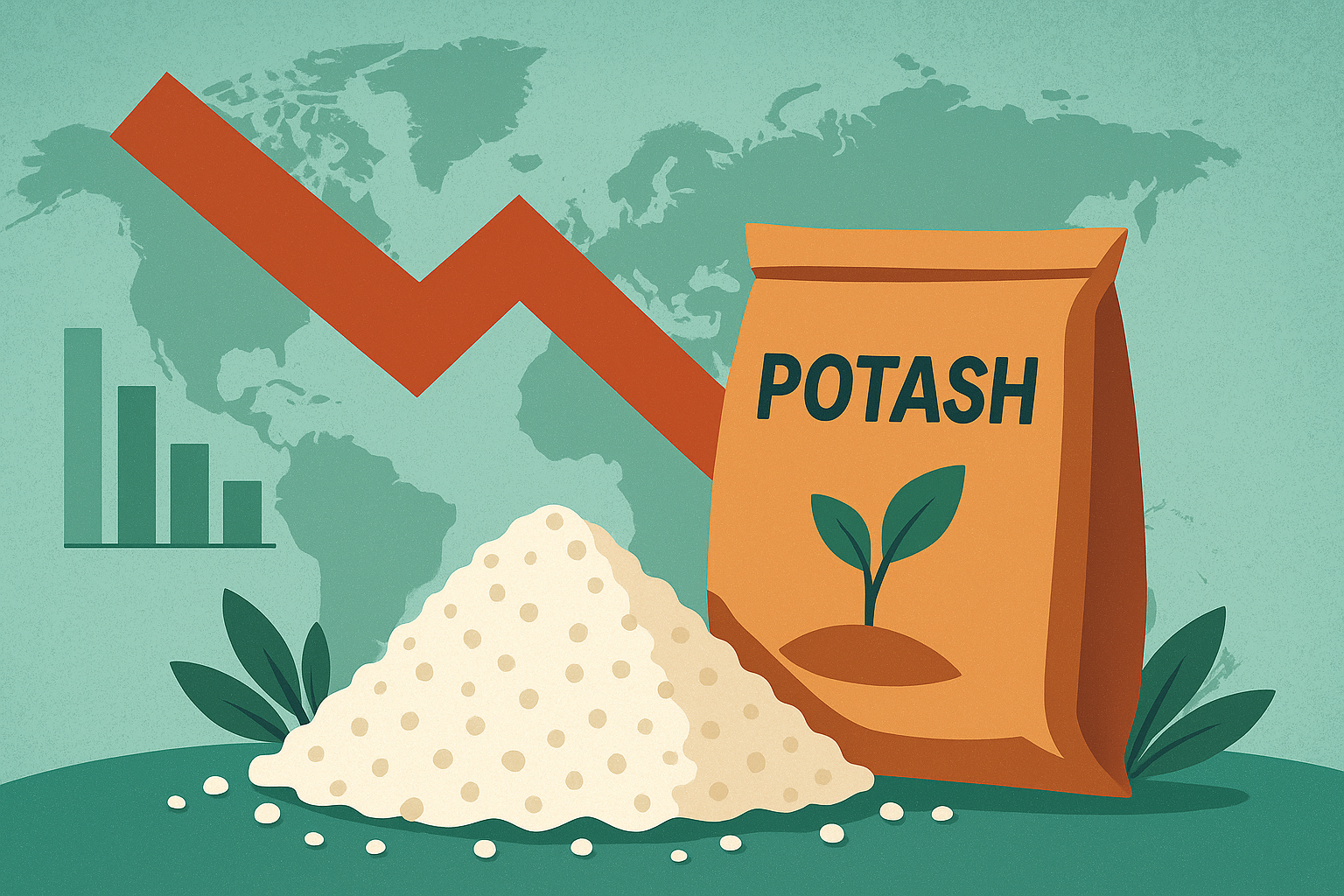Tensions between the world’s two largest economies have once again ignited a critical minerals rally. As Washington and Beijing escalate their battle over rare-earth elements (REEs) — the essential metals that power everything from EVs and fighter jets to wind turbines and smartphones — investors are piling into Western producers and developers. Some stocks have doubled or tripled in recent weeks, as China tightens export restrictions and the U.S. races to secure its domestic supply chain.
A Strategic Commodity in the Crossfire
The Financial Times reported today that China has expanded its export-control regime, limiting the shipment of several high-value rare-earth oxides, magnets, and related processing technologies. This move follows earlier restrictions on gallium and germanium — key materials used in semiconductors and defense applications.
In response, the U.S. Department of Energy (DOE) has announced a new round of funding for critical mineral processing and recycling projects, alongside the creation of a strategic rare-earth reserve designed to insulate domestic industries from geopolitical shocks. The Biden administration, and reportedly the incoming Trump-led economic team, are both preparing “Buy American” incentives and fast-track mining permits for key REE developers.
The result? A surge of investor enthusiasm across the sector. Shares of MP Materials (NYSE: $MP) — the leading U.S. rare-earth producer — have climbed sharply, while Lynas Rare Earths (ASX: $LYC), the only major non-China REE refiner, has seen renewed buying interest. Juniors such as Rare Element Resources ($REEMF), Vital Metals ($VML.AX), and Ucore Rare Metals ($UCU.V) have all posted double-digit gains, reflecting renewed confidence in Western supply chains.
Why This Matters for Investors
Rare earths are not rare in abundance — they are rare in where and how they can be mined and refined economically. For decades, China has controlled over 80% of global REE production and processing capacity, giving it immense leverage over supply chains in critical technologies.
As global decarbonization, defense, and digitalization accelerate, these 17 elements — including neodymium, dysprosium, praseodymium, and terbium — have become indispensable. They’re key inputs for EV motors, wind turbine magnets, advanced weapon systems, and even AI servers.
McKinsey & Company projects global demand for neodymium magnets to double by 2035, with supply expected to remain tight until new refineries come online in the U.S., Australia, and Canada. The current export-control tension only amplifies that gap.
For investors, this creates a dual dynamic:
- Upside Potential: Western REE producers could see sustained pricing power as governments pour billions into local supply chains.
- Speculative Risk: Junior miners — many pre-revenue — may be swept up in speculative fervor, leading to short-term bubbles.
The Policy Tailwinds Driving the Sector
Government policy remains the single largest catalyst in this market. The U.S. Inflation Reduction Act (IRA), the Defense Production Act, and similar programs in Canada and Australia are all fueling capital investment in critical mineral infrastructure.
According to BloombergNEF, more than $12 billion in public and private funding has been committed to REE projects across North America since 2022. The U.S. Geological Survey (USGS) has identified over 35 critical mineral projects under evaluation or development, with several targeting production by 2028.
Meanwhile, the European Union and Japan are also racing to secure rare-earth independence. The EU’s Critical Raw Materials Act mandates that 40% of key minerals must come from domestic or allied sources by 2030.
This international policy synchronization underscores one truth: rare earths are now as much about geopolitics as they are about geology.
Future Trends to Watch
1. Western Processing Expansion:
Expect accelerated construction of REE separation and magnet plants in the U.S. and Australia. MP Materials’ Texas facility, for instance, aims to produce finished neodymium magnets by 2026 — a first for the U.S. in decades.
2. Recycling and Substitution Technologies:
Recycling rare-earth magnets and finding alternative materials for magnets and batteries are gaining traction. Companies like Noveon Magnetics and Urban Mining Co. are at the forefront of this emerging segment.
3. China’s Response:
Beijing may use export restrictions selectively, leveraging them as a strategic tool in trade negotiations. Investors should monitor policy communications from China’s Ministry of Commerce closely, as further restrictions could drive fresh volatility in REE equities.
Key Investment Insight
The rare-earth sector’s resurgence reflects both a geopolitical reshuffling and a technological necessity. While policy-driven gains are likely to sustain higher valuations for established producers, investors should distinguish between strategic assets with real production capacity and junior explorers driven by speculative sentiment.
Look for companies with:
- Proven deposits and refining partnerships in U.S., Australia, or Canada.
- Supply agreements with defense, EV, or tech companies.
- Participation in government-supported value chains.
Well-positioned players like $MP, $LYC, and $UCU.V may serve as bellwethers for the sector’s next phase.
Rare earths are the quiet backbone of modern innovation — and their geopolitical importance has never been greater. As the U.S.–China rivalry intensifies, investors have a unique opportunity to participate in the reshaping of the world’s most strategic supply chain.
Stay informed with explorationstocks.com for daily updates on the companies, policies, and markets shaping the global resource economy.






